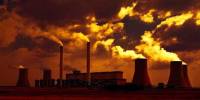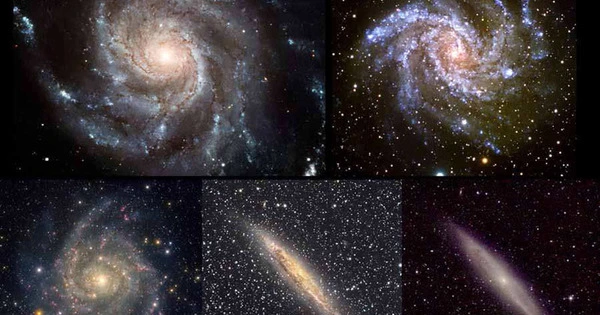The School of Geosciences at Wits University’s Professor Rais Latypov and his research group have discovered field proof of a 5-km-thick completely molten chamber within South Africa’s ancient crust.
This shows that the traditional theory of “big magma tanks” is still valid and that extremely massive, completely molten, and long-lived magma chambers exist, at least in deep geological time.
Due to a lack of clear data from geophysical studies, the traditional petrological theory that magma chambers form as “big tanks” has come under significant scrutiny recently.
Thermal modeling also suggests that it is physically difficult for a huge magma mass to form within the upper crust. According to the findings of these investigations, molten magma chambers have either never existed or have existed just briefly throughout Earth’s geological history.
It is still too early to rule out the possibility that there are current magma chambers in the Earth’s crust that contain a significant amount of eruptible melt, despite the fact that modern geophysical studies have been unable to definitively find any such chambers.
“In our study we present the ground-truth observations indicating that one of these large and molten chambers existed in the ancient Earth’s crust of South Africa,” says Professor Latypov. Latypov and his team’s findings have been published as a paper in Scientific Reports.
Such development of magmatic layering implies that the resident melt column was thicker than the stepped relief of the chamber floor. This discovery is arguably the most fundamental constraint on the thickness of the resident melt column that has been ever derived from field mapping in fossilized magma chambers.
Dr. Sofya Chistyakova
According to Latypov, the resident melt column in the Bushveld chamber once measured “truly astounding with a thickness of 5 km and a volume of over 380,000 km3. Greater by several orders of magnitude than any known super-eruptions in Earth’s history, this magma is present.”
It can only be compared to the extrusive volume of a few of the planet’s largest igneous provinces, including the South African Karoo flood basalts. The Bushveld Complex provides important supporting evidence, where it was discovered that the temporary chamber floor gradually rose through a 4-km-high sloping stair.
“Such development of magmatic layering implies that the resident melt column was thicker than the stepped relief of the chamber floor. This discovery is arguably the most fundamental constraint on the thickness of the resident melt column that has been ever derived from field mapping in fossilized magma chambers,” argues Dr. Sofya Chistyakova from Wits University.
Such magma chambers could very well have formed during the course of Earth’s history. Even if there are no such chambers in some parts of the Earth’s crust, this does not necessarily imply that there are no “big tank” magma chambers in other parts of the planet.
“Since layered intrusions such as the Bushveld Complex are rare throughout geological time, it is not surprising that geophysicists cannot now detect active examples of large and molten magma chambers in Earth’s crust,” says Chistyakova.
















